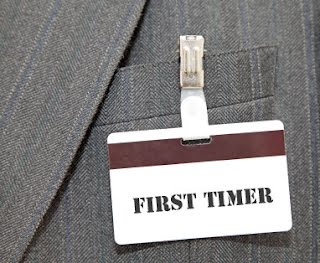The difference between cheap and affordable property
By Victor Kumar
In my experience, people often confuse affordable properties with cheap ones.
Now the first thing is that it’s not a blanket rule to say that these are “affordable” properties or these are “cheap” properties.
That’s because it may be affordable to you in your own financial circumstances, where it is easy for you to hold onto property, but not for other potential buyers.
Affordable for you
Let’s look at someone with a high income as an example.
You’ve got all the mod cons and you spend your money on $200 bottles of wine when you go out for dinner.
The thing is for investing purposes, though, you don’t have much of a disposable income because you spend it all.
That’s where it needs to match, so the property needs to be affordable to your lifestyle.
Therefore, mostly in this part of the market cycle, you would want to invest in metropolitan areas, which ultimately may gravitate you towards a lower purchase price.
The other factor that would make a property affordable is the amount of capital that you have.
Even if you can afford to hold onto a property with a $500,000 price tag, but you don’t have a sizeable deposit, then it’s not affordable for you.
You then have to consider the affordable price range for yourself, which might mean going down one step to a $350,000 property, in line with your deposit.
Even though, from a cash flow point of view, you can afford to hold on to it, it is not an affordable property for you because of lack of capital.
So you need to be looking at properties from two viewpoints – one is the cash flow or the negative cash flow that it brings to the table when you buy it, the second is the initial capital requirement that you would need to actually purchase it.
Both boxes need to be ticked for that property to be classified as affordable for you.
Cheap doesn’t have to be nasty
It’s important to understand that cheap does not necessarily mean “cheap and nasty”.
To me, cheap refers to the price range or in comparison to the rest of the properties in that area.
An example could be a property selling for $450,000 in a traditionally $500,000 market and, therefore, it is a cheap property.
In true investing terms, that’s what it really means, as opposed to buying a $50,000 property out in Woop Woop.
The thing is, that, could possibly be an expensive property for that area because you might be buying a $50,000 property but everything else is selling for $30,000 – plus there is a limited buyer pool.
Or consider a capital city example, such as it may be absolutely affordable to you to buy a property in Surrey Hills in Sydney with a price tag of $1.5 million.
However, if things go wrong for you, it may be harder to offload because that property – while it’s affordable to you – is not affordable to the larger public.
Therefore, by focusing on a property you can actually still hold on to, but it’s in a high price range, you are impacting the liquidity of your portfolio if you needed to sell.
There needs to be a balance between buying a cheap property in a metropolitan suburb – and I mean cheap, as in the difference between pricing within the suburb.
However, you also need to be buying a property that, first of all, is affordable to you in terms of capital and cash flow.
Equally importantly you need to have the vision to say that, “At some point in time I might – whether it’s planned or unplanned – sell this property, and it needs to be affordable to the greater public”, and that also means no unique properties and no iconic properties, because they impact your liquidity.
End in mind
You should also be considering the end at the beginning, which means there needs to be a market out there that can afford that property if, or when, you need to offload it.
The problem is that most people look at it from a totally different viewpoint.
If it’s got a $1 million price tag then they think it’s unaffordable, whereas, if it’s got a $750,000 or $500,000 price tag then it’s “cheap”.
We are not buying cheap properties, we are buying properties in a different price band, that’s all.
If you look at the age-old rhetoric that Sydney has become unaffordable to first-time buyers, it’s actually not an affordability problem, but an expectation problem.
They’re expecting to buy into a million-dollar home close to the city straight away.
Of course, it is not affordable to them because of the capital constraints, not necessarily the repayments.
Therefore, what they need to do is go further out first and build up their capital base from there to get into something that they can afford in the capital sense.
They’re looking at it from a capital point of view, not a cash flow point of view.
At the end of the day, every investment or owner occupied property must be affordable to your unique financial fingerprint.
If it’s not, and you’ll struggle to hold it for the long-term, then it’s not the right property for you or your portfolio.



